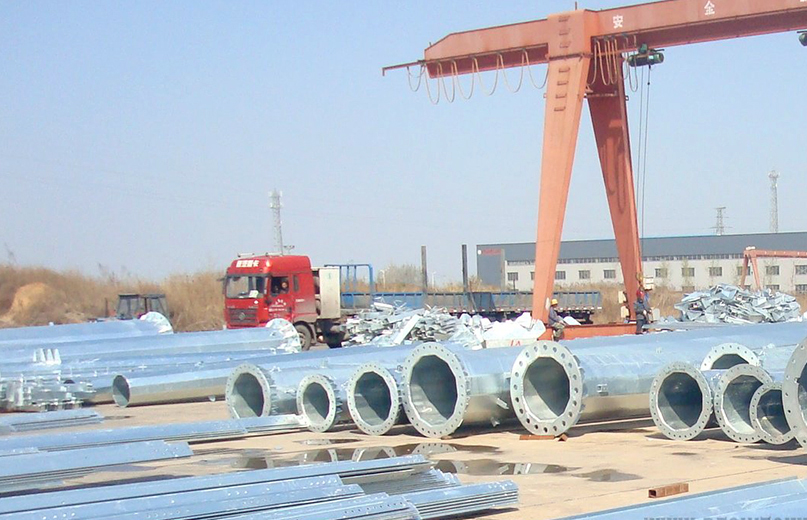


There are in general four major consideration when selecting the type of tower for your deployment:
Antenna load
Tower footprint
Height of tower
Budget
The antenna loading capability of a tower depends on the structure of the tower. The more surface area of antennas, coaxial cables, brackets and other equipment mounted on the tower and exposed to the wind, the more robust tower is required.
To make sure that your equipment adds a load less than that maximum allowed value for your tower, you must estimate the effective wind load for your equipment.
The wind load is proportional to the area of the exposed structure and to the distance from the attachment to the ground. Curved and perforated shapes (grids and trusses) offer less wind resistance and are therefore preferred to achieve a low wind load. Solid dishes are quite vulnerable to wind load and should be avoided in windy environments.
The average wind speed of the site must also be taken into consideration. The average wind speed depends on where on the earth the site is located, the altitude and type surroundings (rural or city). Online statistical data is available from meteorological institutes.
There are many ways to calculate the wind load, some are better than others. The “latest” and probably most accurate method is specified in the latest IEA222 standard specification.
The footprint of a tower is the amount of free space on the ground that is required for the installation. Depending on the structure of the tower, it requires more or less space for installation.
For tall guyed masts (>100feet, 30m), each guy anchor is typically 1015m from the base of the mast. For a mast with 3 guy wires per level, that results in a footprint of approx. 90200m2.
If you need a structure that is less than 40 feet, you can in fact eliminate the expense and additional work that is required for guying it. Instead you can bracket mount the tower to a house or garage roof even.
As mentioned earlier, adding guys cables to a structure will allow higher height.
A general rule of thumb is:
“The smaller the tower base, the more costly to purchase and install the tower”
Monopoles have the smallest footprint of all towers, and is hence the most expensive type of tower to install. It is followed by self supported towers and then guyed masts which require the largest footprints.
Additionally, depending on the tower type you choose, certain tools, machinery and cranes are needed to assemble the tower which must be taken into consideration in the final budget.
Leave a Comment